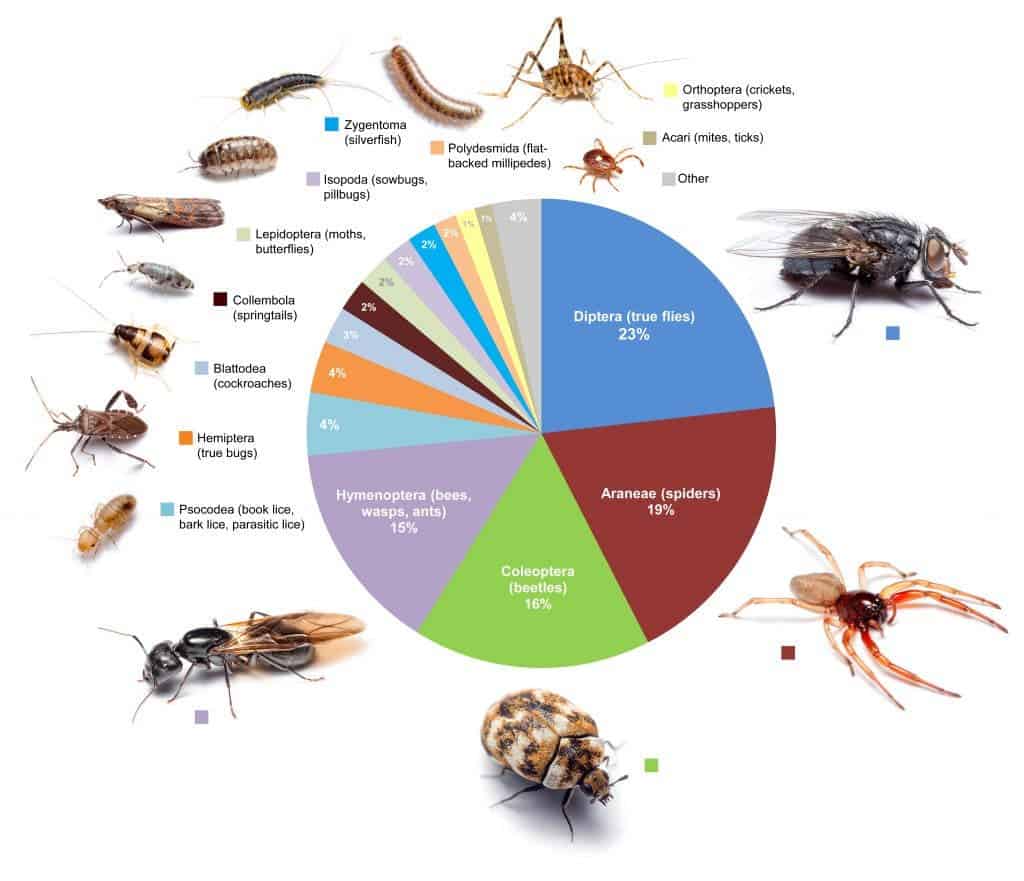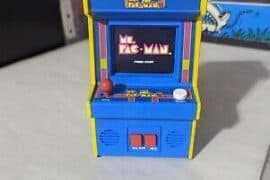Welcome to the Wondrous World of Small Bug Houses!
Hey there, amazing parents! Are you looking to add a sprinkle of nature’s magic into your child’s playtime? Well, you’ve buzzed into the right place! Let’s dive into the enchanting realm of small bug houses—tiny sanctuaries for our six-legged friends and an enormous treasure trove of learning opportunities for your little explorer.
What is a Small Bug House?
A small bug house, also known as an insect hotel or bug lodge, is a cute, human-made structure designed to offer shelter to various insects. These fascinating mini homes are not only a delightful addition to any garden, balcony, or outdoor space but also a vibrant learning tool to teach kids about biodiversity, life cycles, and the importance of conservation in a fun, interactive way.
Why Introducing a Bug House to Your Child is a Brilliant Idea
- Encourages Curiosity: Childhood is all about asking questions and discovering the “how” and “why” of the world. With a small bug house, your child’s inquisitive nature will have a perfect outlet!
- Promotes Outdoor Play: In an age where screens often dominate, a bug house invites your child to step outside, breathe fresh air, and engage with the natural environment.
- Educational Fun: Children learn best through play. Observing bugs go about their daily lives provides lessons in biology and ecology that stick far better than those from any textbook.
- Environmentally Beneficial: By providing a habitat for insects, small bug houses play a role in local ecology and help support pollinators necessary for a healthy ecosystem.
How to Choose the Perfect Bug House
Ready to pick out the cutest little abode for your backyard buddies? Here’s what to consider:
- Material Quality: Look for sturdy, durable, and if possible, natural materials that ensure longevity and safety for both children and bugs.
- Design and Size: From simple to elaborate, there are designs to fit every taste and garden size. Make sure it’s appropriate for the types of insects you wish to attract.
- Easy Access for Observation: A removable or transparent panel can make viewing the insects much more enjoyable and insightful for your kids.
- Safety Features: Smooth edges and secure components are essential to ensure the safety of little fingers eager to explore.
Crafting Your Own DIY Bug House
One of the best parts about small bug houses is that you can make one together with your children! A DIY bug house project not only sparks creativity but also provides a wonderful bonding experience. In the following sections, we’ll guide you through making your own bug mansion that will be the talk of the insect town!
By inviting these tiny creatures into your yard with a bug house, you’re setting up an amazing, hands-on science lesson for your kids that’s filled with wonder and surprises at every corner. So, get ready to embark on a mini-beast adventure that will make your heart flutter like a butterfly’s wings!
Gather your supplies, roll up your sleeves, and stay tuned for in-depth instructions and tips on creating a sanctuary for our little environmental heroes. It’s time to bug out – in the best way possible – and give your children a close-up view of nature’s tiny but mighty engineers!
In the next section, we will dive deeper into the world of small bug houses, exploring the fascinating insects you might expect to visit, the best locations to place your bug house, and the maintenance tips to keep your tiny guests happy and comfortable. So buckle up, nature awaits, and the exploration is just beginning!

Five Things Parents Should Know in Preparing for a Small Bug House
1. Understanding Insect Preferences
Each insect species has unique preferences for their habitat. Some, like ladybugs, love cozy spaces filled with leaves or straw, while bees might look for hollow bamboo tubes. Researching the preferences of your local insects can help you choose or design a bug house that’s irresistible to them.
2. Placement Matters
The location of your bug house can greatly impact who moves in. It should be placed in a safe area where it won’t be disturbed by household pets or lawn equipment. Height is also a factor—some bugs prefer to be close to the ground, while others like a bit of elevation. Sun exposure is another consideration, as many bugs like warm environments.
3. Involve Your Kids in the Learning Process
Use this opportunity to teach your children about the types of bugs in your area. Go on a bug safari in your backyard or local park, and spot potential houseguests. Giving your kids a say in selecting and designing the bug house makes the experience more meaningful and informative for them.
4. Maintenance and Upkeep
Bug houses require some maintenance to ensure they remain a safe and healthy environment. This includes cleaning out old materials that might harbor mold or parasites and checking for signs of wear and tear.
5. Patience Is Key
It might take time for insects to discover and populate your bug house. Don’t get discouraged if you don’t see immediate tenants. Continue to involve your child in the observation process and celebrate when the first residents move in!
The Best Locations for Your Bug House
Finding the perfect spot for your bug house is a game of balance. Here are some tips:
- Shielded from Wind: Choose a spot that’s protected from strong winds which may cause stress to your bug hotel’s inhabitants.
- Sunlight: Most bugs enjoy warmth, so placing the house where it gets plenty of morning sun can make it more attractive. Avoid overly hot afternoons sun.
- Near Flowers and Shrubs: Having plants nearby provides food and encourages a biodiverse environment right around your bug house.
- Above the Ground: Keeping the bug house off the ground prevents issues with dampness and predators.
Maintenance Tips for a Happy Bug House
To ensure your bug house is a bug haven, here are some maintenance tips:
- Seasonal Cleaning: At the end of each season, especially autumn, check and clean your bug house of any dead leaves or debris that might have accumulated. Avoid disturbing any live inhabitants.
- Decay and Damage Check: Inspect the structure regularly for signs of decay or damage that could harm its inhabitants and fix it as soon as possible.
- Safety First: Occasionally check for sharp edges or loose parts that could be hazardous to both insects and children.
- Natural Materials: If you need to replace or add material to the bug house, make sure it’s natural and untreated to maintain a safe environment for both insects and kids.
Cultivating a tiny ecosystem with your children can offer endless fun and education, while also fostering a sense of responsibility towards our planet’s smaller inhabitants. Let the adventure in your own backyard begin with the creation of a small bug house, and watch as your child’s wonder for the natural world grows!
See more great Things to Do with Kids in New Zealand here. For more information see here
Disclaimer
The articles available via our website provide general information only and we strongly urge readers to exercise caution and conduct their own thorough research and fact-checking. The information presented should not be taken as absolute truth, and, to the maximum extent permitted by law, we will not be held liable for any inaccuracies or errors in the content. It is essential for individuals to independently verify and validate the information before making any decisions or taking any actions based on the articles.




